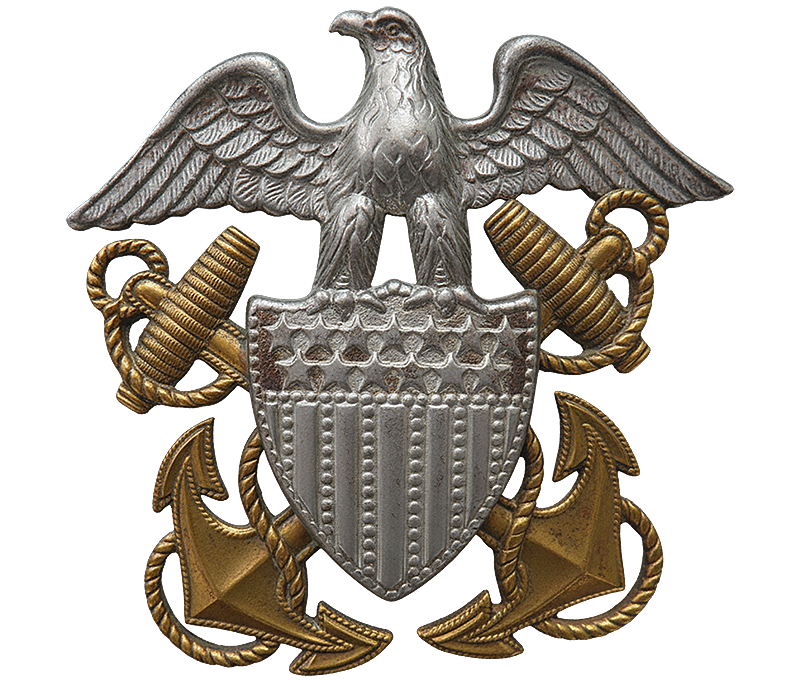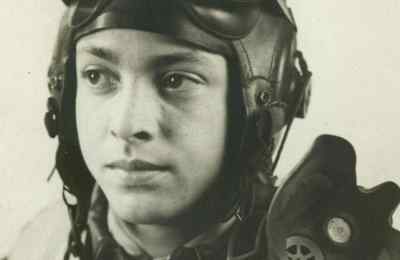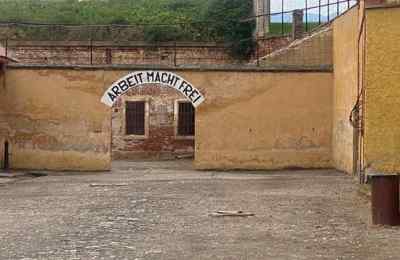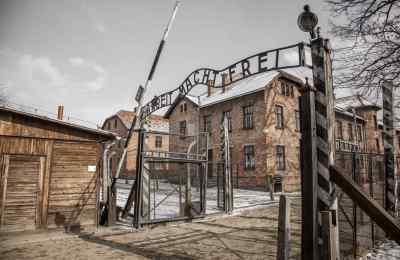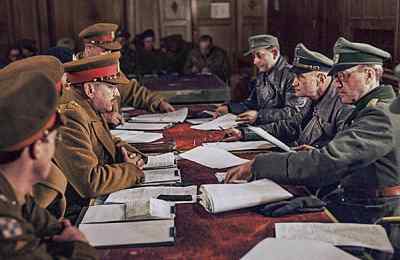After 84 years, a sailor comes home
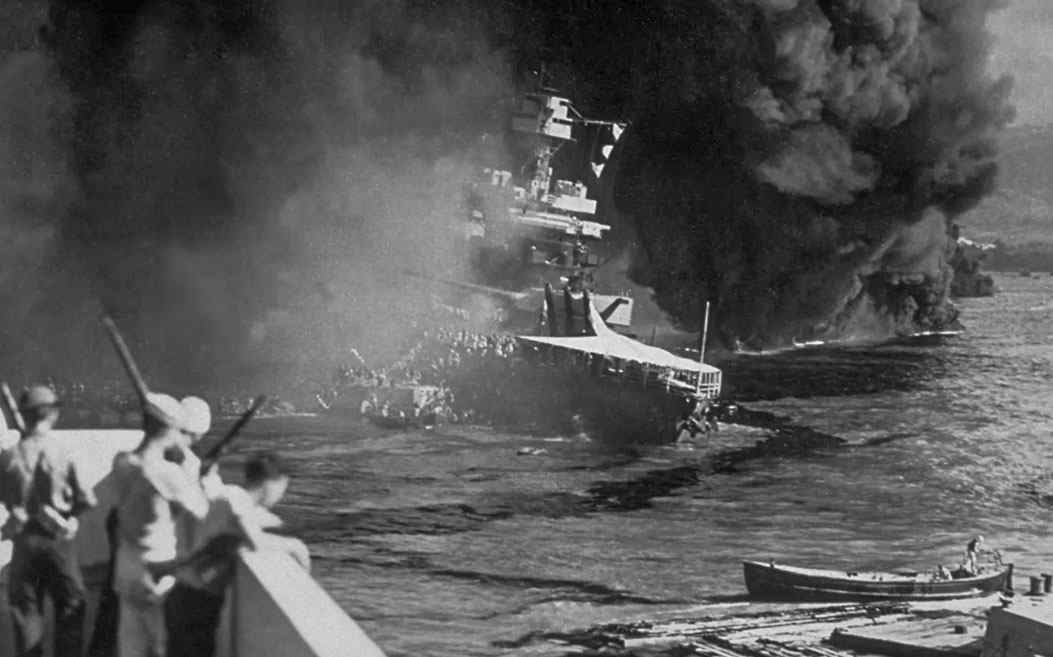
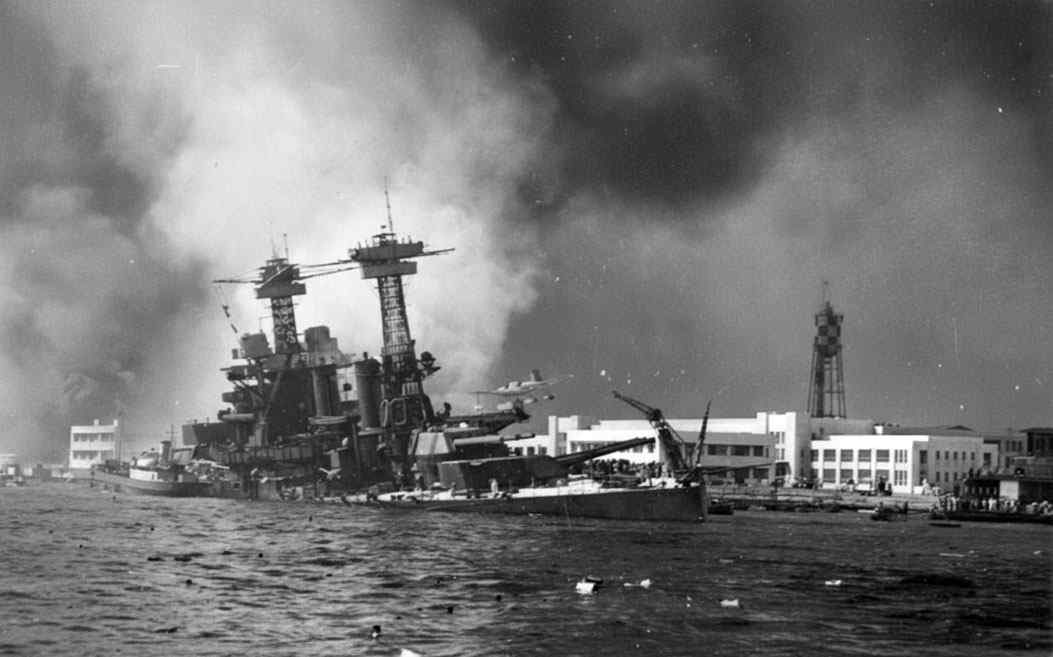
More than eight decades after the attack on Pearl Harbor, the remains of a U.S. Navy sailor have been identified, bringing long-awaited closure to a story of service and sacrifice. Fireman First Class Edward Daniel Bowden, a native of New Bern, North Carolina, began his service in the U.S. Navy from his home state of North Carolina, where he was assigned to the USS California (BB-44), a Tennessee-class battleship stationed at Pearl Harbor, Hawaii.
On the morning of December 7, 1941, the USS California was moored at Pearl Harbor when Japanese aircraft launched a surprise attack on the U.S. Pacific Fleet. In the opening minutes of the assault, the ship was struck by two torpedoes and a bomb, which caused devastating damage to its hull and upper decks. Nearly 100 sailors and Marines aboard the California lost their lives that day, Seaman Bowden among them.
In the months that followed, Navy personnel recovered the remains of the fallen crew, who were laid to rest in Halawa and Nu’uanu Cemeteries in Hawaii. Several years later, in 1947, the American Graves Registration Service (AGRS) began a large-scale effort to recover and identify fallen U.S. service members across the Pacific. The remains from those two cemeteries were moved to the Central Identification Laboratory at Schofield Barracks, Oahu.
By that time, identifications had been made for approximately 82 sailors from the USS California, 43 soon after the attack and another 39 following the AGRS review. Sadly, many other sets of remains could not be identified and were respectfully reinterred as Unknowns at the National Memorial Cemetery of the Pacific in Honolulu. In 1949, Seaman Bowden was officially classified as non-recoverable.
The Defense POW/MIA Accounting Agency (DPAA) announced this week that Bowden’s remains have been positively identified, 84 years after his death. Advances in forensic science and DNA analysis made it possible to reconnect his legacy with his name, ensuring that his story and his sacrifice will never be forgotten.
Bowden’s identification stands as a testament to ongoing efforts by the U.S. military to honor those who served and to bring closure to families still waiting for answers. His story reminds us that history is not just about dates and battles, but about the people who lived and gave their lives within them.
